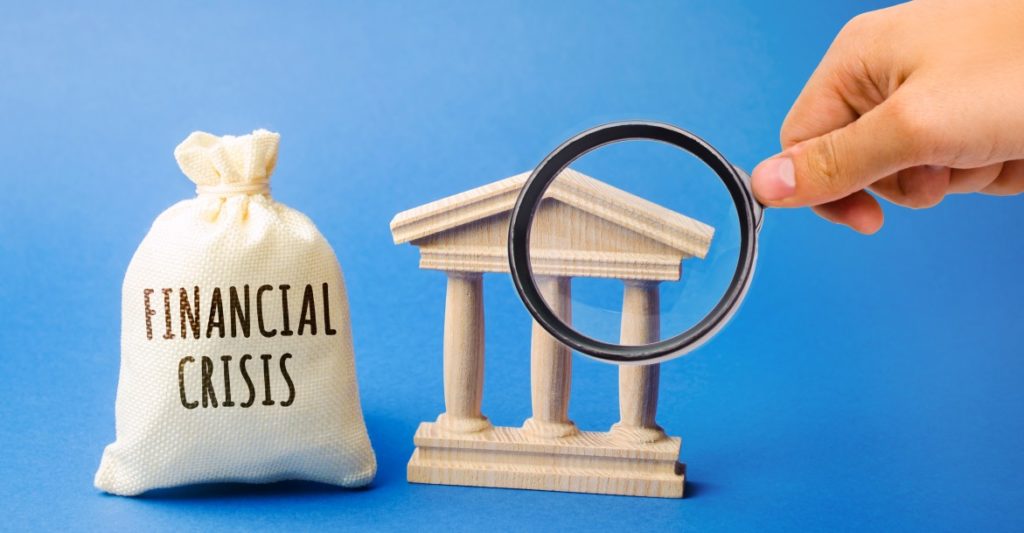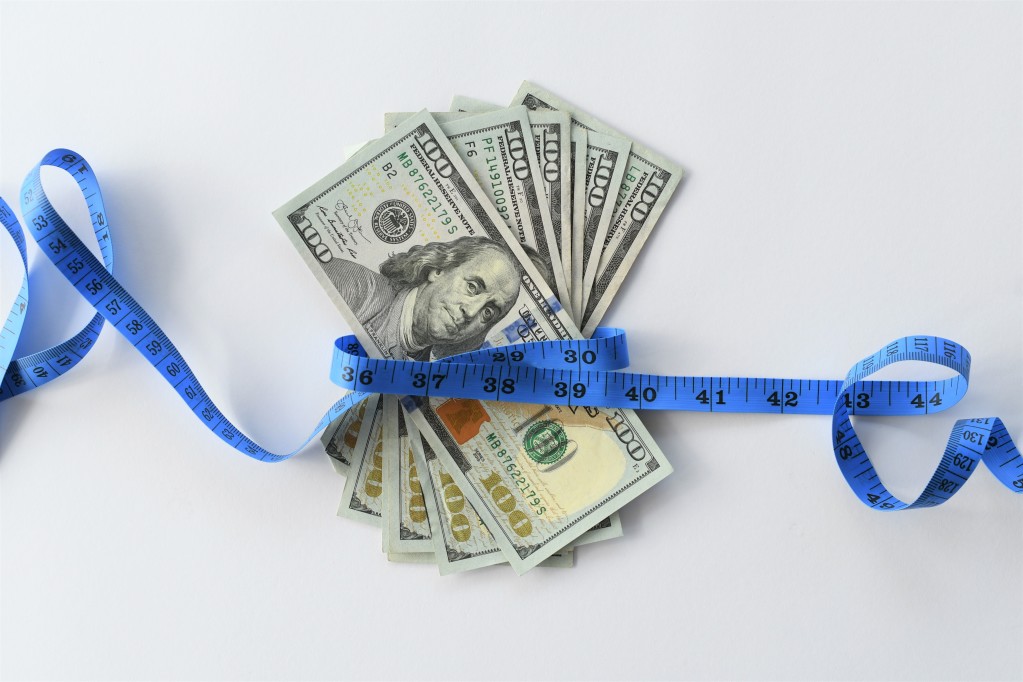In economics, stagflation is a situation in which a stagnant economy is combined with inflation. This combination can be very difficult to deal with, as traditional methods of stimulating economic growth – such as lower interest rates – can worsen inflation. So, is stagflation worse than recession?
There is no easy answer to this question. On the one hand, stagflation can be very damaging to an economy, as it can lead to higher unemployment and lower growth. On the other hand, a recession can also be very damaging, mainly if it is prolonged.
The recovery phase of the last stagflation lasted almost ten years. During both a recession and stagflation, revenues and profits collapse. The success and failure of many companies is determined by these periods. Economists and central bankers use these two terms to describe the economy’s decline. The main difference between these two financial problems is that recessions are relatively common. A period of Stagflation is quite rare and often more damaging to the trust in the economy.
Key Takeaways
A Recession and Stagflation are both terrible. They are periods of declining economic conditions that severely impact business.
Stagflation is when a nation experiences stagnant economic growth. The economy suffers due to high inflation and soaring unemployment. This problem is different from a recession. During a recession, the economy grows smaller. The formula to establish a recession is two successive quarters of declining gross domestic product (GDP). Recessions can occur quite frequently. Stagflation hits the economy harder and is known for its devastating effects.
The United States experienced Stagflation for two periods between the 1970s to the early 1980s. The periods of Stagflation experienced by the country took over a decade to recover from. Conversely, the country has experienced dozens of recessions. Since 1945 the U.S. has recovered from its recessions within one year.
Critical Differences Between Stagflation and Recession

Definition
- Stagflation is when a country’s economy is characterized by stagnant economic growth, rapid inflation, and high unemployment. Banks work to reduce the money supply during this period and tame inflation. As the cost of goods increases, production decreases. It is also possible for a recession to occur during Stagflation.
- A country is deemed in a recession when there is an economic downturn for two quarters. This decline is often significant and broad. It can be noticed in the economic activity. Most countries can get out of recessions within 6 – 12 months. The country needs to experience two successive quarters of increasing GDP to escape a recession.
Potential causes
- Supply shocks often precede Stagflation to vital products in the economy, such as oil. Essential products like this can affect the entire economy. When prices of these goods are forced to rise, fiscal policies are implemented to increase the money supply.
- Even high-performing economies experience recessions. During this period, the economy contracts. When fiscal austerity policies are poorly crafted, the economy can respond negatively. Numerous factors cause recessions, but the main point is reduced spending. When consumers spend less, it translates to less money for a superheated economy. Less spending in the economy leads to a smaller GDP.
Frequency
- Stagflation is a rare phenomenon. StagflationDeveloped countries like the U.S. experienced Stagflation during the 1970s – 1980s. Some countries have not experienced a recorded period of Stagflation.
- Recessions are significantly more common in economies. These periods are seen globally throughout recent history, often experienced every ten years. Given the expansion of international trade, other countries feel the trickle-down effect when one economy begins to experience a recession. This problem is magnified when the biggest economies face recessions as their trading partners will suffer from their businesses spending less.
Duration
- Stagflation is hard to eliminate. Stagflation is often fueled by consumer behavior. The less faith consumers have in the economy, the longer the problem will last. The economy suffered from Stagflation for over ten years in the United States.
- The U.S. economy has faced a recession every decade since 1945; however, they often recover within ten months. The most prolonged recession ever faced by the U.S. economy was 18 months. The economic downturn can quickly change, with some countries getting out of recession within two months. A country with solid economic fundamentals can recover from a slump in 6 – 12 months.
GDP change
- The GDP of a country during Stagflation often declines. It can grow for some years, but often the period is characterized by less spending. People usually avoid investments because of the high inflation rate, which means banks can’t guarantee the value of assets.
- In a recession, GDP can’t grow. The economy begins to shrink, and GDP declines for two successive quarters. The GDP of a high-performing economy will often reduce by 2%. A loss of more than 4% will mean the economy is facing a great depression.

Inflation
- During a period of Stagflation, inflation soars. The GDP is negatively affected as prices rise much faster than they can grow. For example, in the U.S., during Stagflation, inflation multiplied from 1% to 14%.
- During a recession, the inflation rate is likely to fall. During this time, consumers are spending less, and the demand for goods and services has declined.
Employment
- High unemployment is one of the key factors that characterize Stagflation. During this time, unemployment rates can triple or quadruple quickly. For example, the U.S.’s unemployment rate multiplied from 3.4% to 9% in 15 years.
- The unemployment rate often rises during a recession. Consumers spend less; therefore, businesses are forced to reduce their output. Reduced output and profit will mean companies must retrench employees to remain competitive.
FAQ
What assets do best in Stagflation?
Gold is a valuable asset to keep during a period of Stagflation.
How do you overcome Stagflation?
The Federal Reserve and Central Bank will work to tame inflation in the country by reducing the money supply. The products on the market will cost less when money is scarce. A decreased money supply will lead to lower government expenditure and a more stable economy.
How long did Stagflation last?
Periods of Stagflation can last between 10-15 years.
What is a stagflation example?
The United States experienced Stagflation in the 1970s.







































